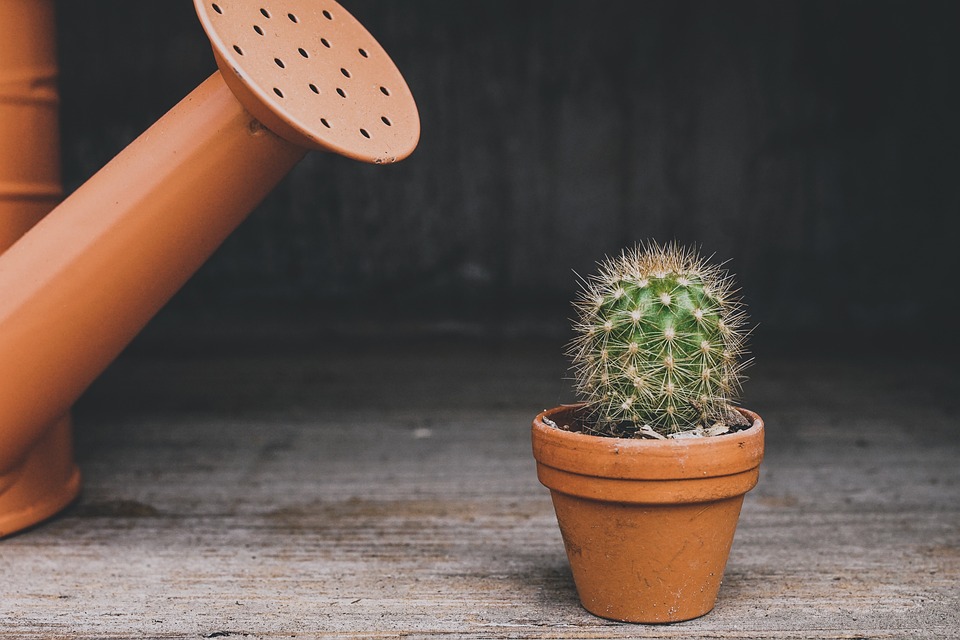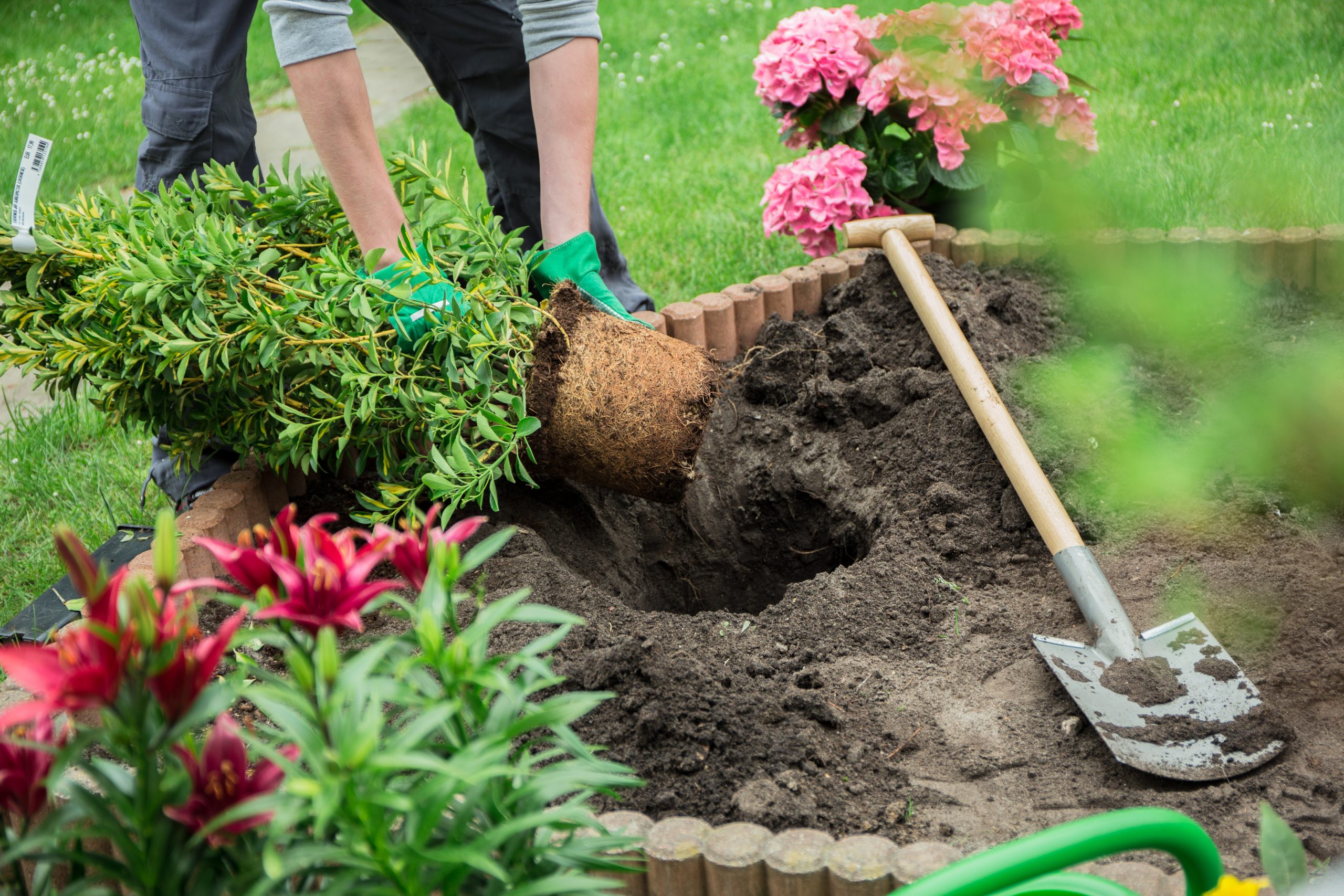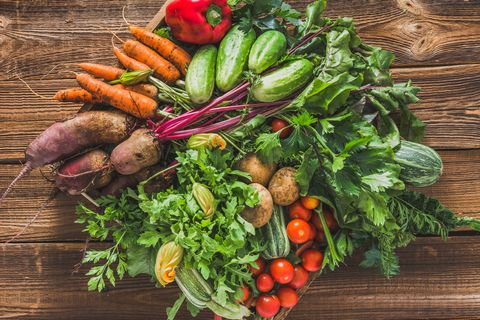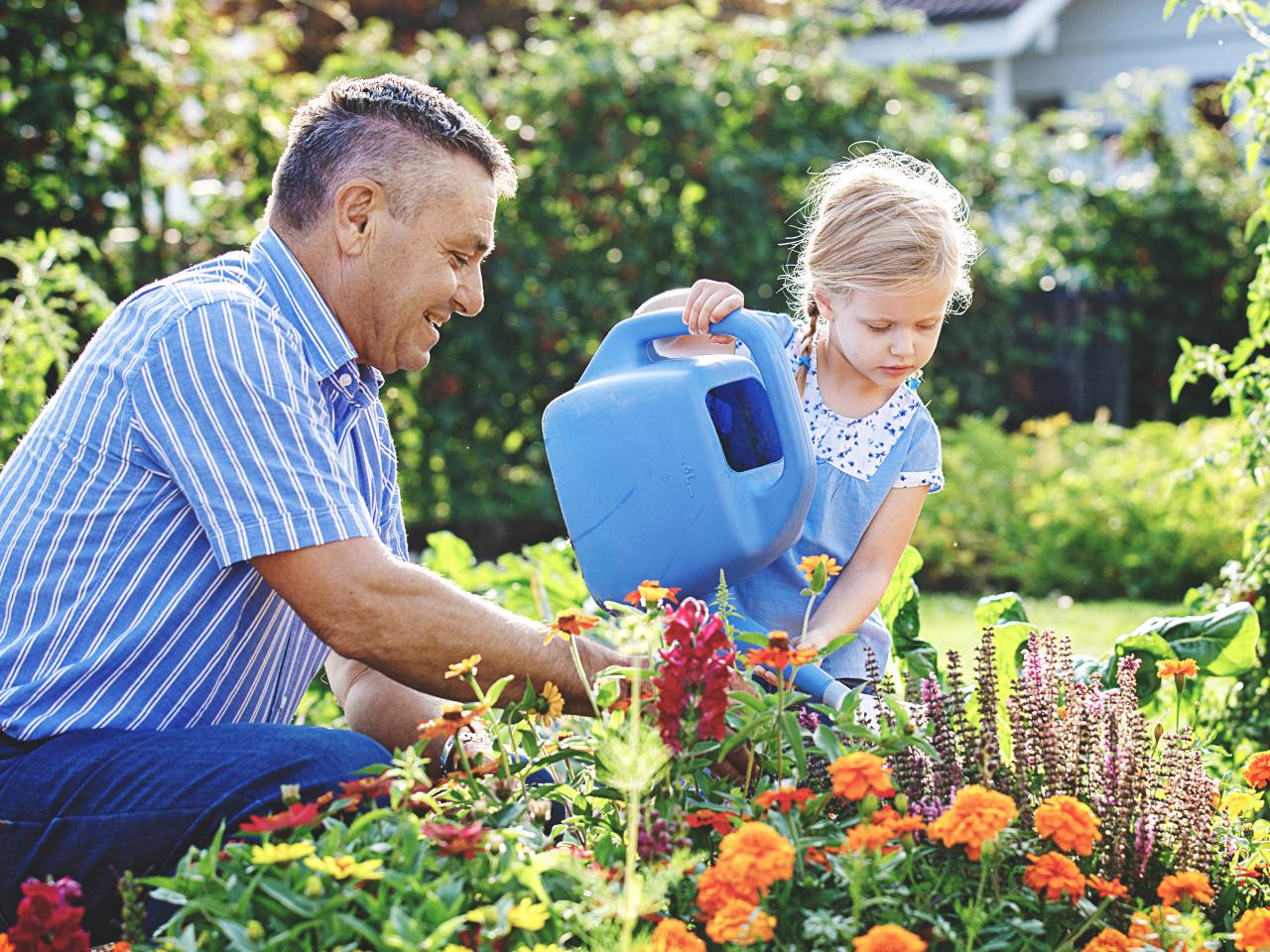In addition to weather conditions, your plants’ health and growth undeniably depend on watering. Daily watering can be done in several ways depending on your means and availability.
The different types of watering
Depending on the location, the planting field size, availability, and the characteristics of your plants, you can water your planting manually or automatically. Indeed, outdoor plantings are watered differently than those in small square areas. And for each watering technique, there are appropriate materials.
Manual watering for a small vegetable garden
Manual watering is a classic, easy-to-use method that can be done with a watering can, a hose, or a gun. This equipment is affordable and offers personalized watering while saving water consumption. Indeed, with your hand, you can aim at the root of plants without affecting the foliage and the surroundings, thus avoiding weed growth. Moreover, opting for this type of watering also allows you to monitor your plants’ health closely and measure their growth. However, some vegetables, such as lettuce, appreciate being watered in the rain. For this, you can place an apple on the neck of your watering can so that the water is sprayed in a fine spray capable of wetting the foliage without wasting water.
This type of watering is best suited to plants that require regular watering, such as young vegetable plants, perennials such as garlic and artichokes, and plants grown in pots such as nurseries and seedlings.
Automatic watering for a large vegetable garden
If your planting area is large enough, choose automatic watering to save time and lighten your chores.
Sprinkler Irrigation
Sprinkler irrigation consists of forming a rainfall pattern through a jet of water. To do this, simply connect a sprinkler to the end of the hose to project water pressure over a large area. There are two types of sprinklers: the mobile sprinkler for the hose and the fixed one for underground watering. Among the most commonly used, we can mention the oscillating sprinkler. It is adjustable and ideal for plantings on a rectangular surface such as a vegetable garden. This type of sprinkler offers you the advantage of watering a large planting area similarly. Moreover, seeing a water jet is very appreciated by children.
On the other hand, this technique is not precise, as it sprays all the soil down to the foliage. Thus, it encourages the appearance of fungi and weeds. Also, because it is not precise, this method wastes much water.
Depending on the setting of the water jet, watering can take the form of sprinkling and micro-irrigation.
Micro-irrigation
Micro-irrigation is the use of a low-pressure water jet. It is about producing watering by sprinkling every 1 to 2 meters. To do this, a micro-sprinkler is positioned on a rod at height. This device makes a fine rain watering on the plants. Water distribution is done in a personalized and uniform way on the plants.
Another way to bring water to plants is to adopt drip irrigation. This is done with a microporous hose laid along the ground. This allows the water to be spread progressively over the cultivated surface. This low-pressure watering system will enable you to protect fragile plants and save water.
In addition, this automatic watering technique is equipped with a programmer or a timer to provide more comfort to the user. For example, you can program the watering times according to your availability thanks to a programmer at the faucet or a remote programmer. Also, watering can be done during your absence, as it can be controlled remotely from your smartphone. Thus, it will be easy for you to maintain your green space, which makes this device quite expensive, especially when it is underground watering. You can contact a landscaper or a professional gardener to install it.



